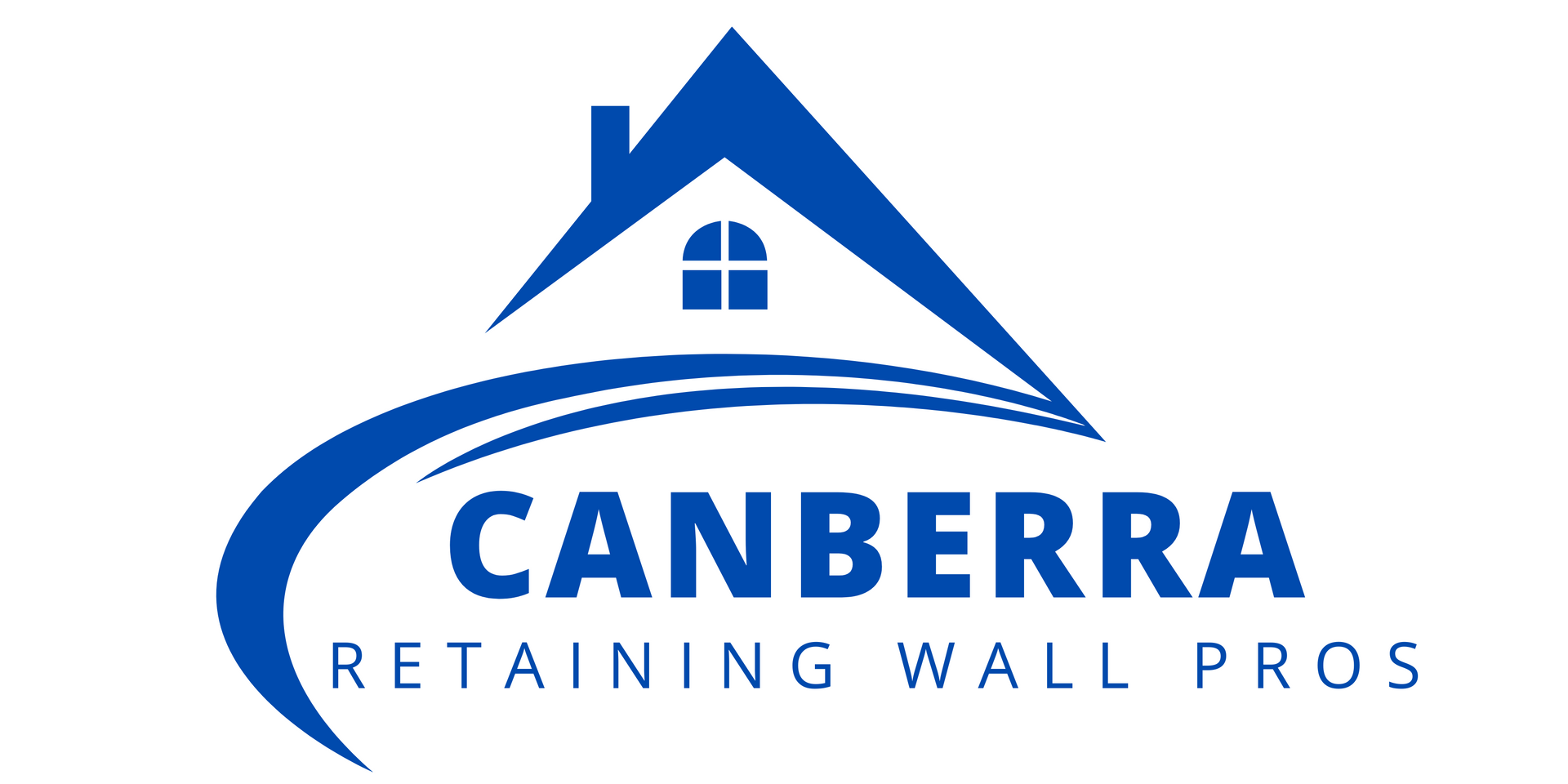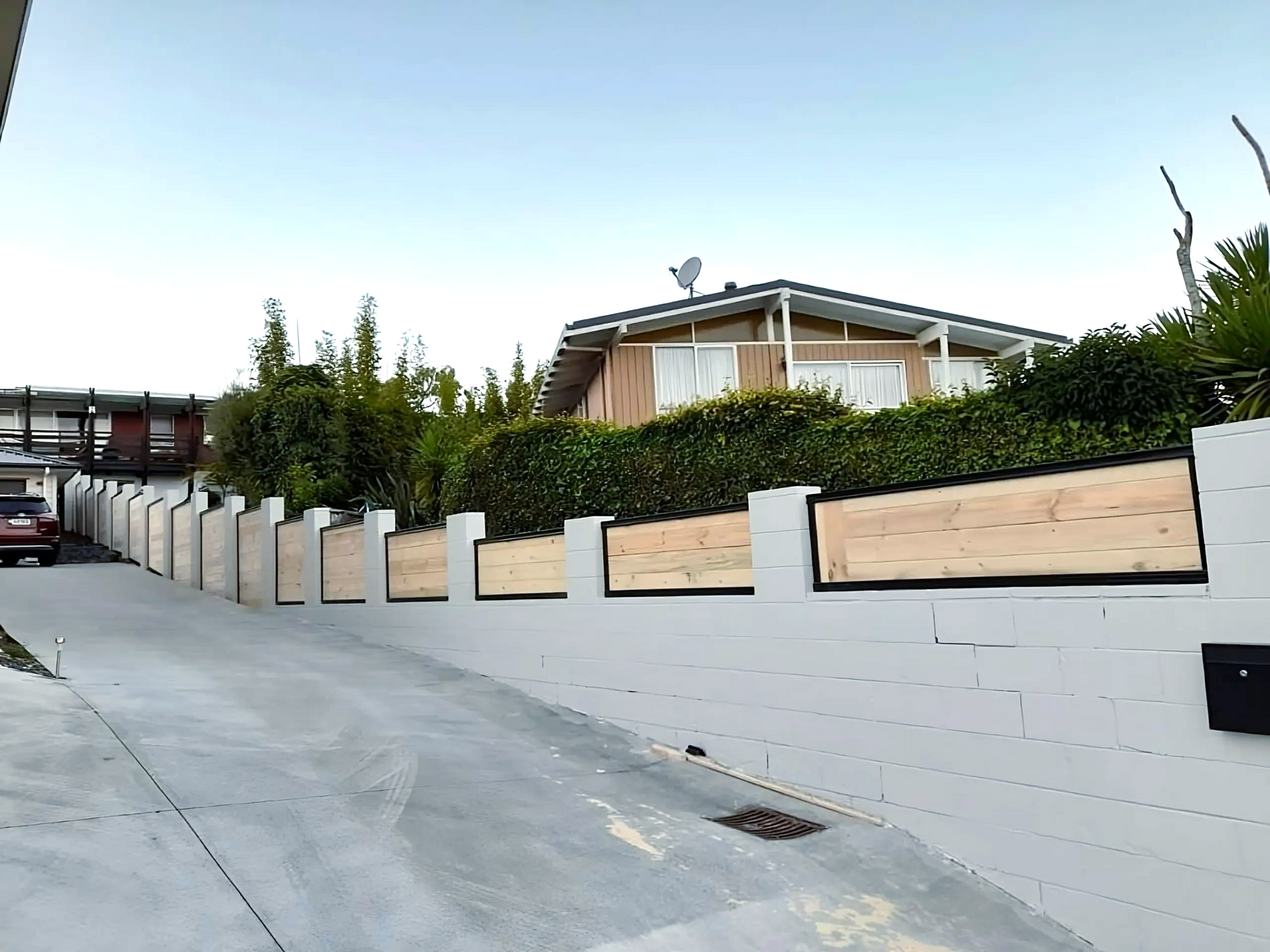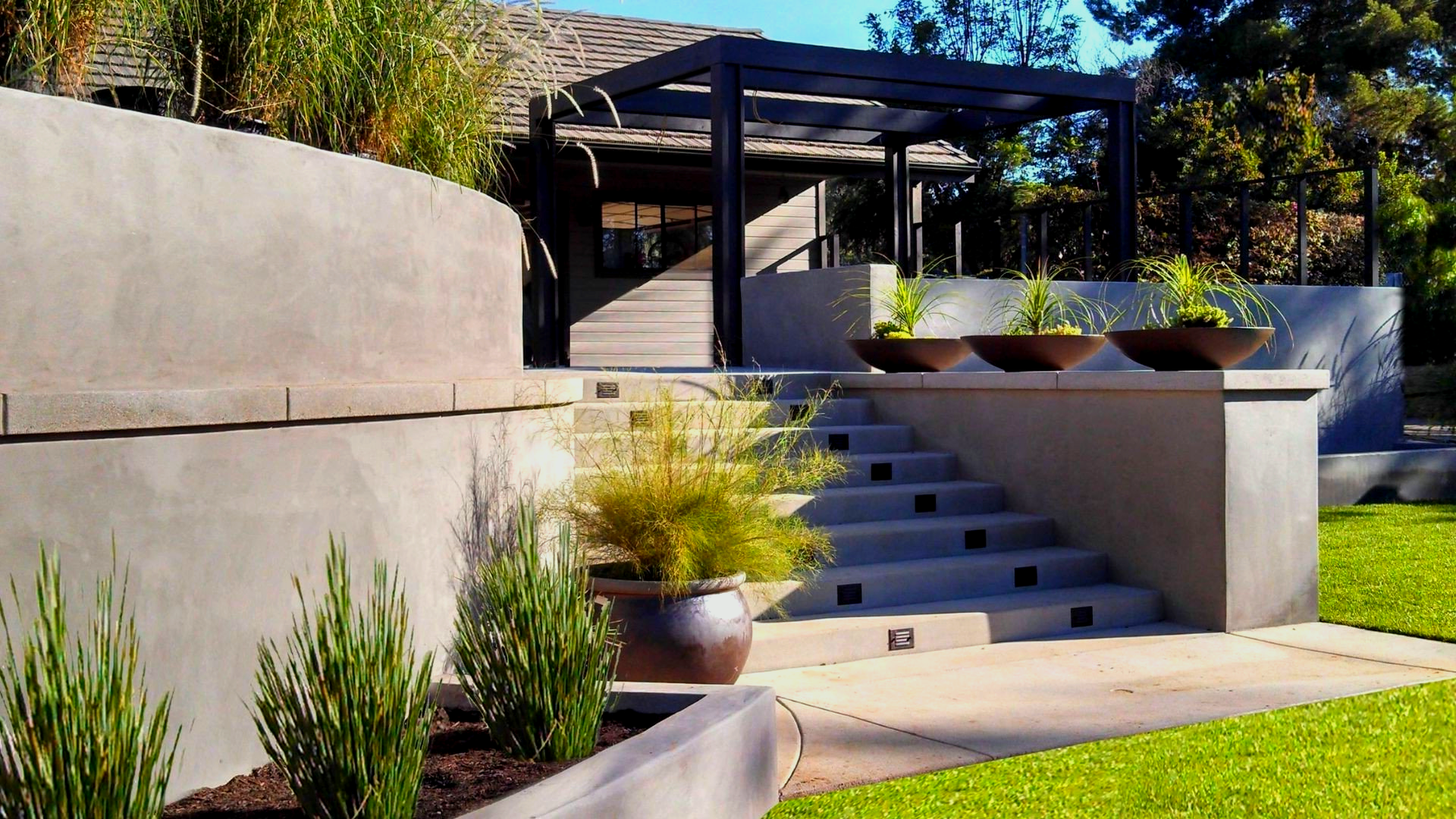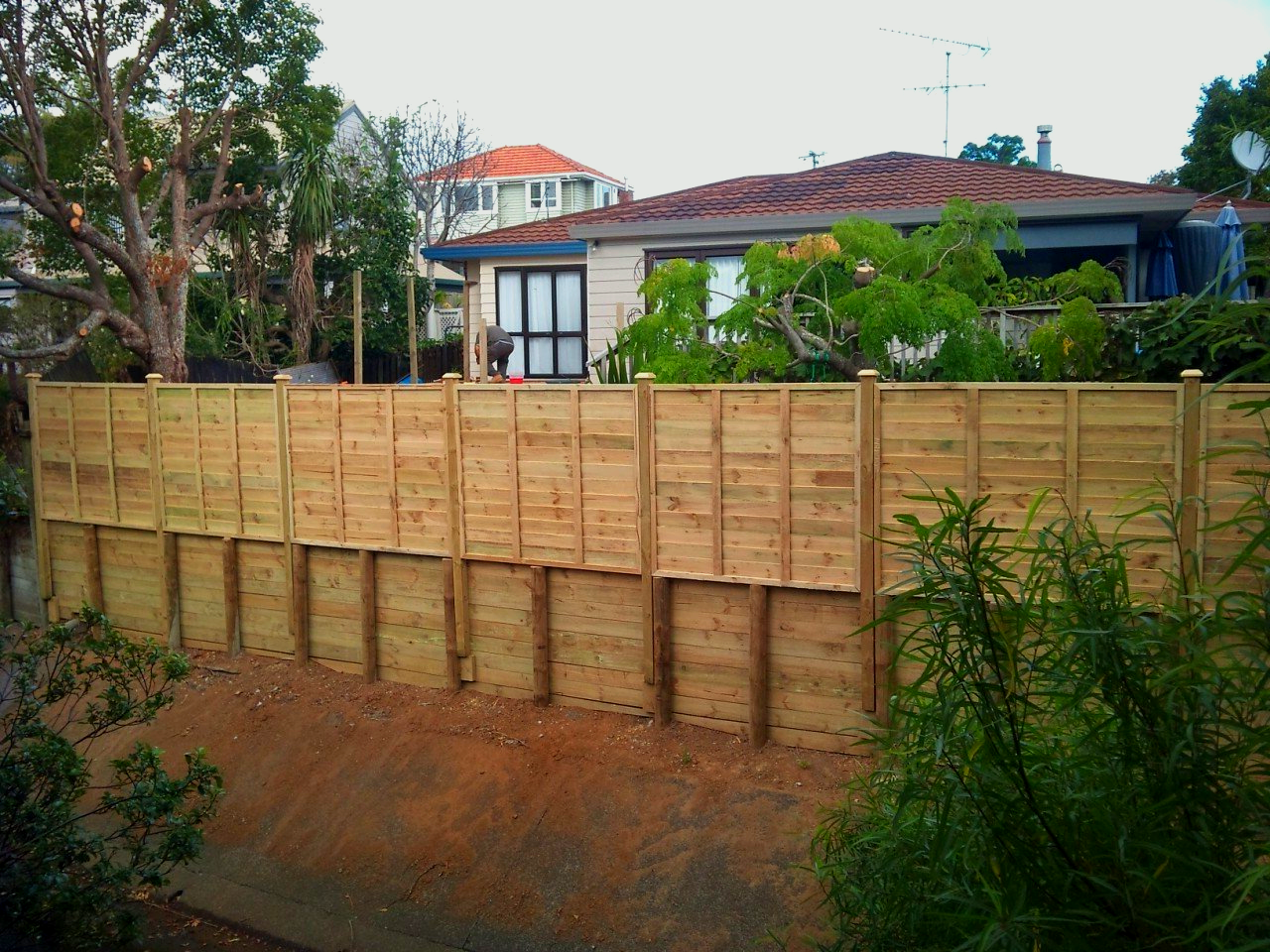Key Considerations for Retaining Wall Erosion Prevention in Canberra
Retaining walls play a crucial role in Canberra's landscape, protecting properties from soil erosion and maintaining structural integrity across varying terrain. Our experience shows that proper erosion prevention measures can extend a retaining wall's lifespan by up to 20 years while significantly reducing maintenance costs.
The unique climate patterns in Canberra, with its distinct seasonal changes and occasional heavy rainfall, create specific challenges for retaining wall stability. We've witnessed countless examples where overlooking erosion prevention during the initial construction phase led to costly repairs and potential safety hazards.
Professional retaining wall construction requires careful consideration of local soil conditions, drainage systems, and appropriate materials. At Canberra Retaining Wall Pros, we combine proven engineering principles with local expertise to create lasting solutions for property owners across the ACT region.
Key Takeaways
- Effective drainage systems and proper material selection can prevent 90% of common erosion issues
- Regular maintenance inspections twice yearly help identify potential problems before they escalate
- Local climate-adapted construction techniques significantly enhance wall durability and performance

Understanding Erosion and Its Impacts on Retaining Walls
Water and weather patterns create significant forces that affect soil stability and structural integrity in Canberra's varied terrain. These natural processes demand proper planning and ongoing maintenance for retaining wall systems.
The Fundamentals of Soil Erosion
Soil erosion occurs when water, wind, and gravity transport soil particles away from their original location. In Canberra's climate, heavy rains and periodic storms intensify this process.
The rate of erosion depends on several key factors:
- Soil composition and structure
- Slope gradient
- Vegetation cover
- Rainfall intensity
- Surface water flow patterns
Clay-rich soils common in many Canberra suburbs are particularly susceptible to erosion during wet periods. When water saturates these soils, they become unstable and prone to movement.
Consequences of Erosion for Retaining Structures
Erosion directly threatens retaining wall stability through multiple mechanisms. Soil loss behind the wall creates voids that compromise structural support.
Water accumulation from poor drainage leads to:
- Increased hydrostatic pressure
- Soil saturation
- Foundation weakening
- Wall displacement
We regularly observe that erosion damage starts subtly with minor soil loss but can progress rapidly if left unchecked. Cracks, bulging, and tilting are early warning signs that require immediate attention.
Proper drainage systems and regular inspections help identify potential issues before they become severe structural problems.
Design Principles for Erosion-Resistant Retaining Walls
Proper design and construction techniques are essential for building retaining walls that effectively prevent soil erosion in Canberra's unique climate conditions. We focus on two critical elements: thorough site evaluation with appropriate material choices, and implementing robust drainage systems.
Site Analysis and Material Selection
We start by conducting comprehensive soil testing to determine the earth's composition and load-bearing capacity. This information guides our material selection process.
Natural stone and reinforced concrete blocks remain the most reliable choices for Canberra's conditions. These materials offer superior durability against our region's frequent temperature fluctuations.
The wall's height and angle require precise calculations based on soil pressure and slope conditions. We recommend stepped designs for walls exceeding 1.2 metres in height.
Key Material Considerations:
- Density rating
- Frost resistance
- Local availability
- Cost-effectiveness
Incorporating Adequate Drainage Solutions
A well-designed drainage system prevents water pressure buildup behind the wall structure. We install agricultural drainage pipes at regular intervals along the base.
Clean gravel backfill creates essential drainage channels. The recommended gravel size ranges from 10mm to 20mm for optimal water flow.
Essential Drainage Components:
- Perforated drain pipes
- Filter fabric
- Graded gravel backfill
- Weep holes at 1.5-metre intervals
Surface water management requires careful consideration. We incorporate swales or French drains above the wall to redirect rainfall away from the structure.
Construction Techniques That Prevent Erosion
Proper construction techniques form the foundation of long-lasting retaining walls that effectively resist erosion in Canberra's challenging climate. We implement proven methods to create stable structures that withstand water pressure and soil movement.
Stable Foundations and Wall Anchoring
We begin by excavating to solid ground, removing loose soil and organic matter to create a firm base. The foundation trench must extend below the frost line, typically 600mm deep in Canberra.
A 100mm layer of compacted gravel creates essential drainage beneath the wall. This prevents water accumulation that could destabilise the structure.
Wall anchoring systems provide crucial reinforcement. We install galvanised steel tiebacks at regular intervals, securing them to concrete deadmen buried in the retained soil.
Proper drainage pipes are positioned at the base, wrapped in filter fabric to prevent clogging. The pipes direct water away from the wall's foundation.
Best Practices in Backfilling and Compaction
Quality backfill material is essential. We use clean, well-graded aggregate with minimal fine particles to ensure proper drainage behind the wall.
The backfill must be installed in layers no thicker than 200mm. Each layer requires thorough compaction to achieve 95% maximum density.
A vertical drainage column of clean gravel extends from the base to within 300mm of the surface. This creates a continuous path for water movement.
Filter fabric separates the drainage aggregate from surrounding soil, preventing migration of fine particles that could compromise drainage effectiveness.
Long-Term Maintenance Strategies
Proactive maintenance and careful monitoring are essential for maximising the lifespan of retaining walls in Canberra's unique climate conditions. Regular upkeep prevents costly repairs and structural failures.
Routine Inspections and Repairs
We recommend conducting visual inspections of retaining walls every three months, with detailed structural assessments annually. Look for cracks, bulging, or displacement in the wall structure.
Check drainage systems monthly during Canberra's wet season (June to August) to prevent water buildup. Clear weep holes and drainage pipes of debris and soil.
Document all inspections with photos and detailed notes. This creates a maintenance history that helps identify developing issues early.
Common repair tasks include:
- Sealing small cracks with appropriate materials
- Replacing damaged blocks or stones
- Clearing blocked drainage systems
- Repairing deteriorated mortar joints
Vegetation and Erosion Control Measures
Plant selection near retaining walls requires careful consideration. Native ground covers like Myoporum parvifolium work well for soil stabilisation without compromising wall integrity.
Maintain a 15-20 cm mulch layer along the top of the wall to reduce soil erosion. Use organic mulch that allows proper water drainage.
Effective erosion control techniques:
- Installing erosion control matting on exposed soil
- Maintaining proper soil grading (2% slope away from wall)
- Using gravel beds at wall bases
- Regular pruning of nearby vegetation
Monitor plant root systems annually to prevent structural damage. Remove any deep-rooted plants that could affect wall stability.
Canberra-Specific Considerations
The unique environmental factors and strict building regulations in Canberra directly impact how we approach retaining wall erosion prevention in our region.
Local Climate and Its Effect on Erosion
Canberra's distinct four-season climate creates specific challenges for retaining wall stability. Our region experiences average annual rainfall of 615mm, with October being the wettest month.
Winter frost cycles can cause soil expansion and contraction, placing additional stress on retaining structures. Temperatures ranging from -5°C to 40°C throughout the year require careful material selection.
Strong westerly winds, particularly during spring, accelerate soil erosion around retaining walls. We recommend wind barriers and strategic plantings to reduce this impact.
Regulatory Compliance and Building Codes
The ACT Planning and Land Authority (ACTPLA) requires specific permits for retaining walls exceeding 1.2 metres in height. Development applications must include detailed erosion control plans.
Key Requirements:
- Structural engineering certification for walls over 1.2m
- Compliance with AS4678-2002 (Earth Retaining Structures)
- Storm water management documentation
- Site-specific geotechnical assessment
Local council inspections occur at critical construction phases. We maintain strict adherence to the Building Code of Australia's drainage specifications for retaining structures.
You might also like




